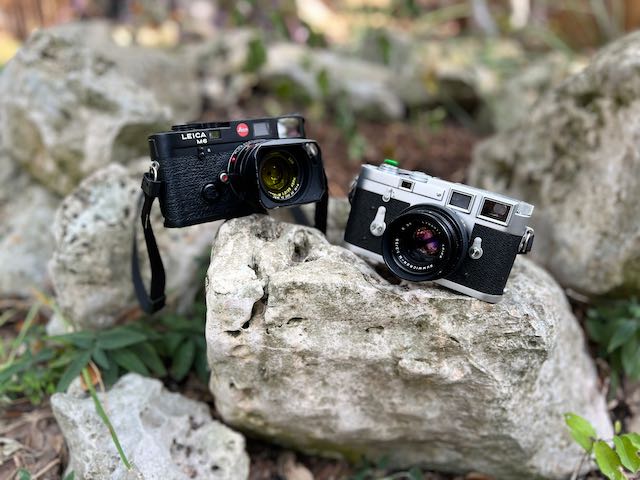
Why the Leica M Rangefinder is so special
After moving to the States in 2006, I began shooting weddings more frequently, eventually turning it into a full-time business.
Using my skills as a former news photojournalist, I wanted to learn how I could capture weddings in the way I saw the world. So, I attended numerous workshops and had the chance to meet extraordinary photographers. Two of my favorite photographers, Jeff Ascough and Australian photographer George Trifunovic, both happened to use Leica cameras throughout their careers. These were the best I’d seen and were hugely influential in developing my wedding style.
So, let’s get into it! Why is the Leica rangefinder so special?
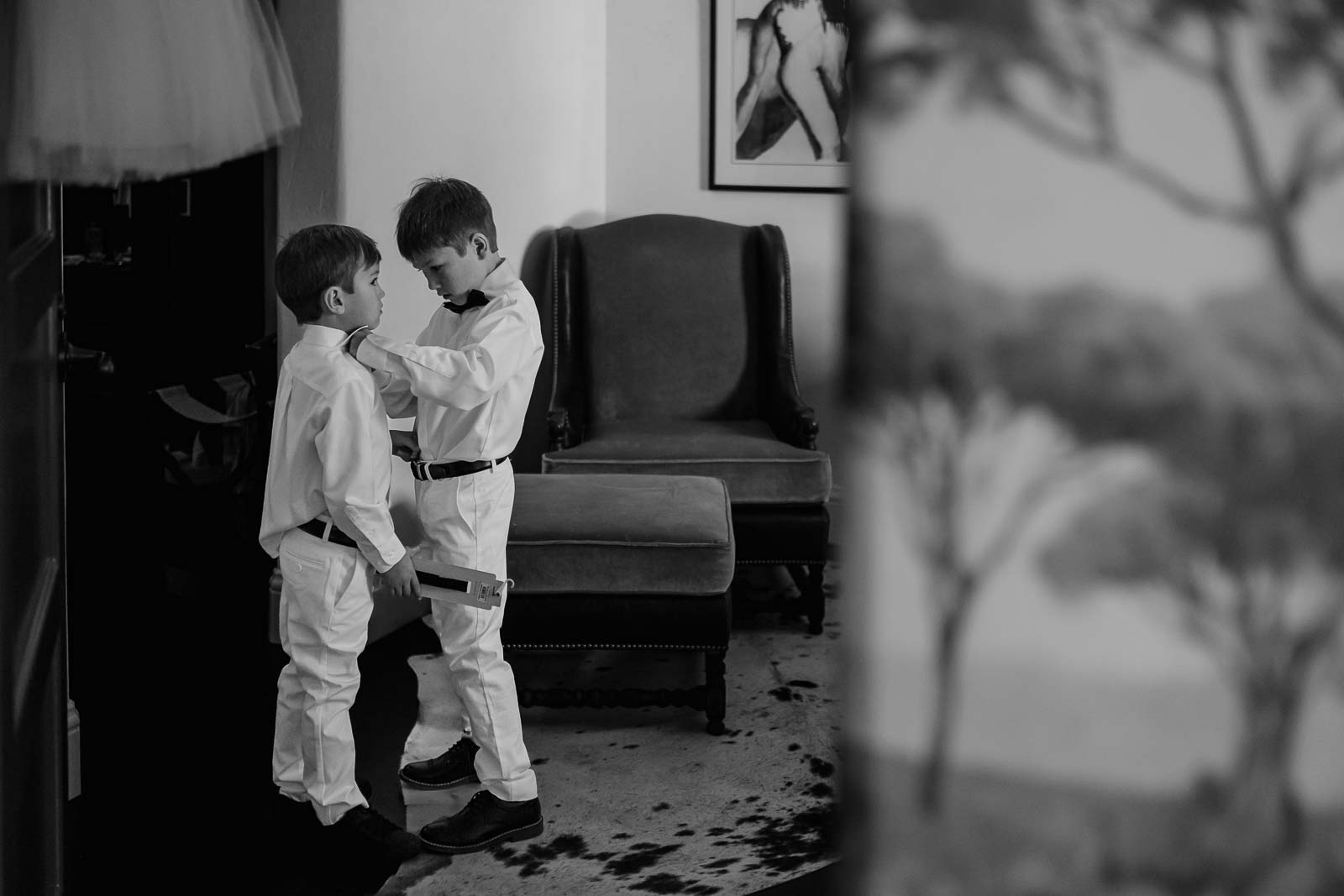
In 2009, Leica released its first full-frame digital rangefinder, the M9, which I purchased. Wanting a new challenge, I began incorporating the camera with my Nikon gear. Over time, I was won over by the rangefinder.
The Leica embodies pure necessity, containing only the essential elements required for photography. This allows a Leica photographer to merge with the camera in a unique way, akin to a simple yet perfectly balanced tool that they know inside out.
Thanks to its purist design, the Leica camera remains one of the smaller models, allowing for unobtrusive picture-taking.
As a reliable tool, it is sturdy and does not easily break, so there is no need to worry about the camera. The Leica M is small, stealthy, and well-suited for wedding or street photography. Additionally, it was lightweight, and I no longer experienced back and arm pain after long 10-hour wedding days.
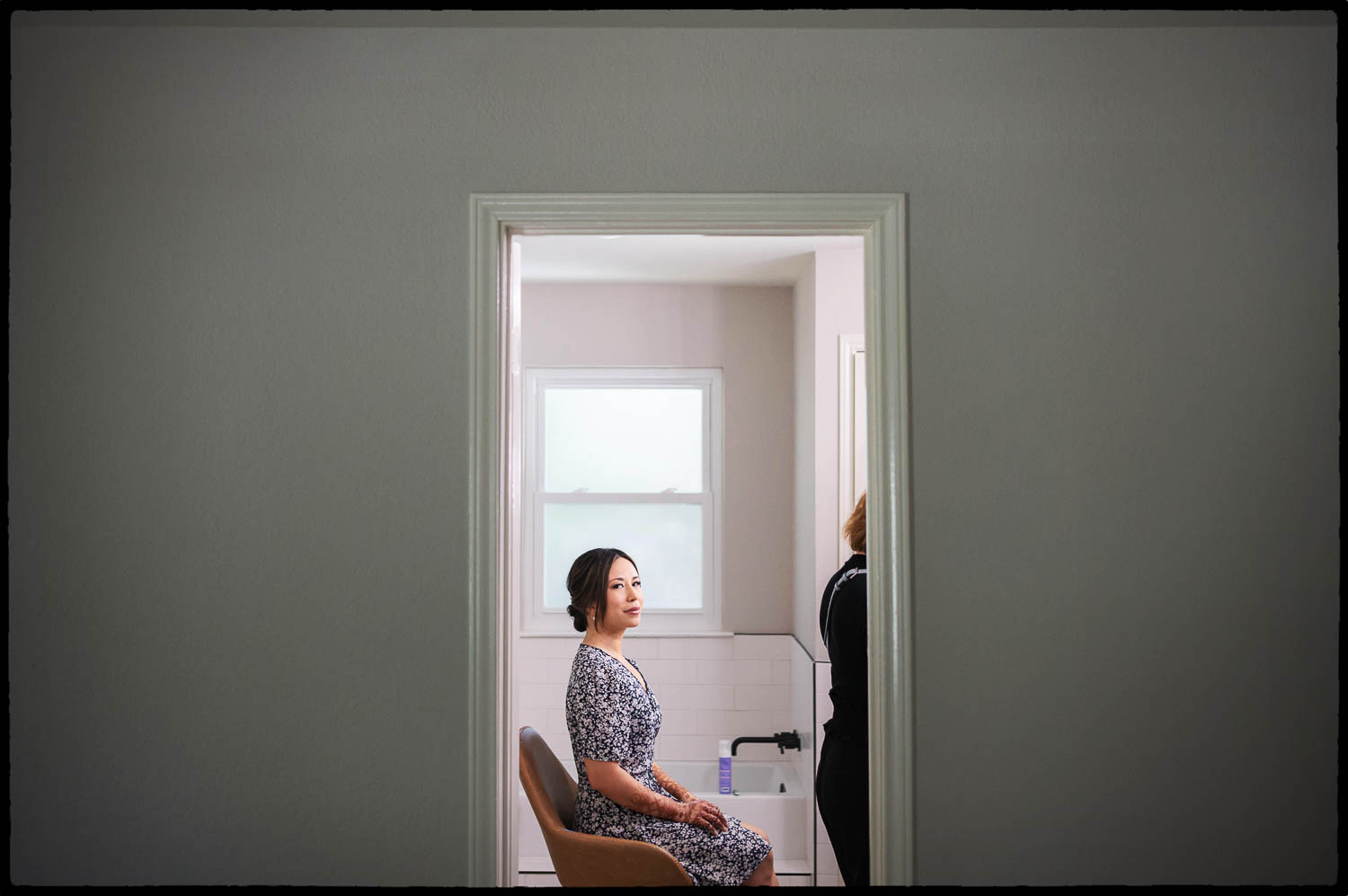
The large, bright viewfinder, lack of blackout and mirror slap, and the ability to compose beyond the framing lines allowed me to anticipate the exact moment to release the shutter.
Only the Leica M allows you to anticipate what will happen in your frame. The lenses are compact and extremely sharp. I can carry two M’s and an extra lens or two in a small bag, whereas I would need a significantly larger bag for the same two SLRs. The camera features a shutter speed dial, lens aperture, ISO settings, and a simple light meter needed to take a picture—simplicity.
The process of observing the subject unfold before clicking the shutter kickstarted my love of the rangefinder, particularly the philosophy of shooting. It’s a slower, more deliberate way of seeing the world, and there’s all the storied history that comes with the Leica.
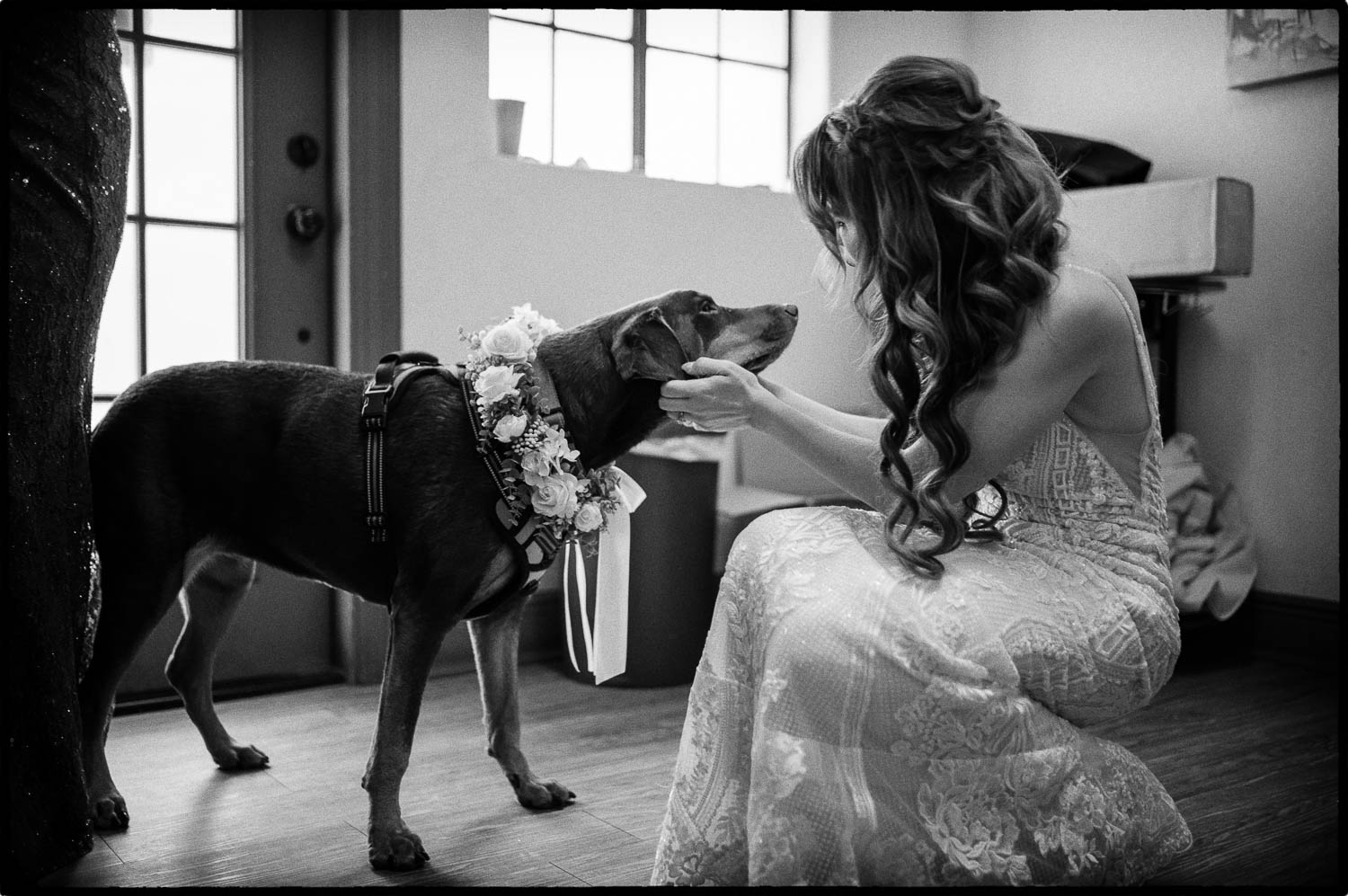
Today, I’m a hybrid film and digital shooter, using a couple of M10s along with an M3 and M6. The “antique” look of my cameras often leads guests to underestimate me, which is a good thing!
A lot of how I work on a wedding day involves my body language and subtly blending in. My goal is to capture the couple’s special day without drawing too much attention to myself.
A camera is merely a tool. I am not asserting that Leica rangefinders will enhance your photography skills. Moreover, I do not align myself as an unabashed supporter of Leica, as I have strongly critiqued certain aspects of the brand, particularly its targeted marketing towards affluent clientele and its reliance on celebrity endorsements. Nevertheless, I appreciate the user-friendliness, durability, and seamless integration of the rangefinder M’s into my artistic vision.
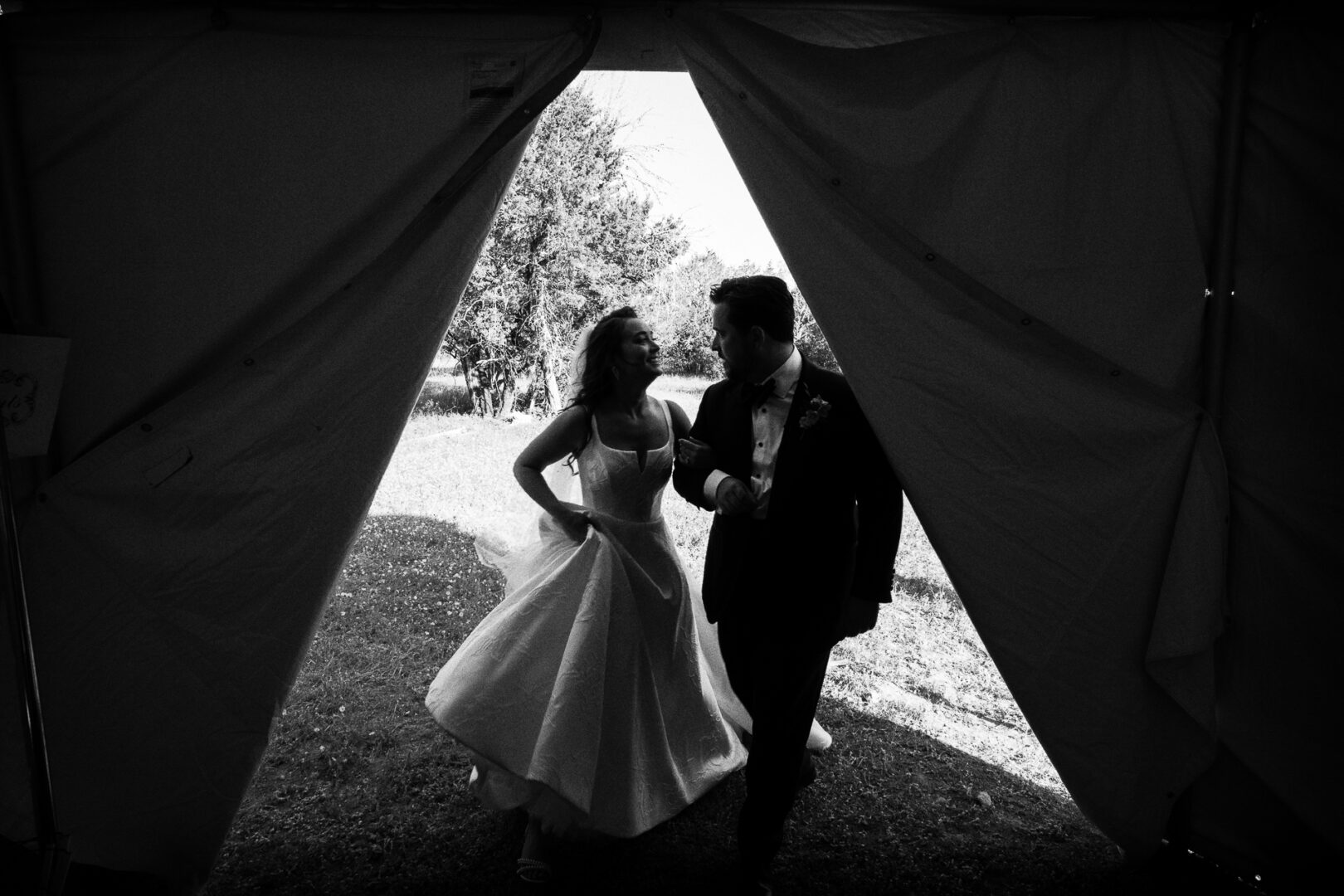
As photographers know, education is the key, lots of practice, heart, and dedication to the craft. I would say that the camera shouldn’t be an obstruction. It should be a part of you and not in the way of capturing the moment. That, for me, is any Leica M.

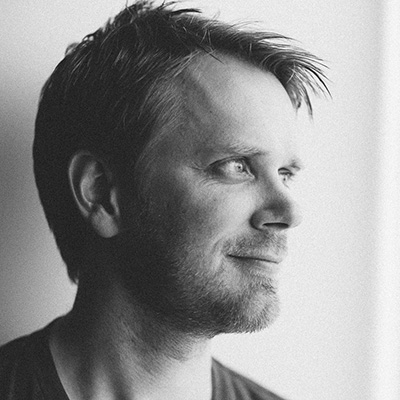
Leave a Reply
You must be logged in to post a comment.